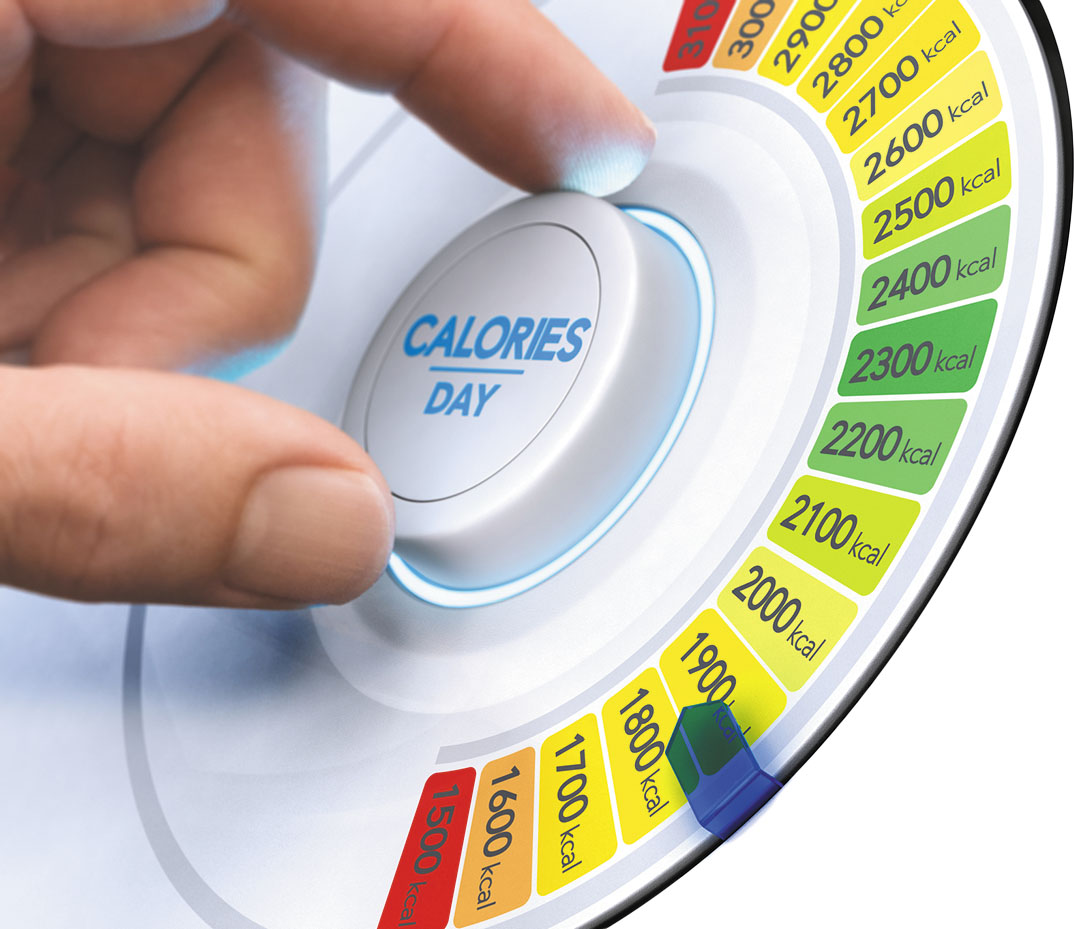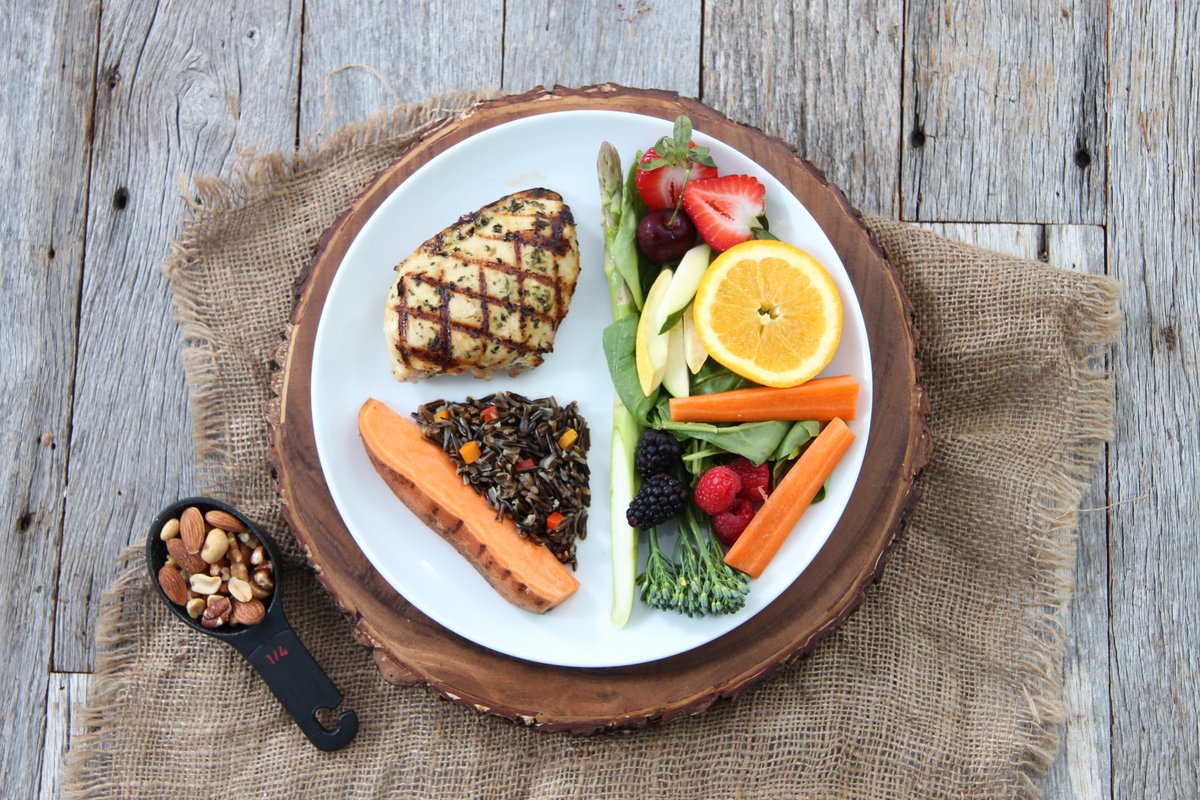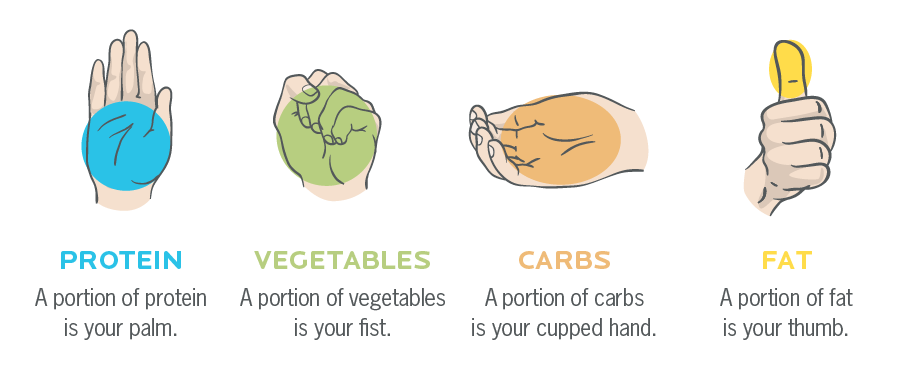
Why Counting Calories Can Become Complicated
How many times have you heard the quality of food is more important than the quantity of food that you consume?
Most would agree that eating fruits and vegetables is the best thing you can do to curb your appetite, lower your body fat, and to maintain your lifelong health.
However, many people know individuals that are out of shape and overweight despite the dieting and healthy food choices they commit to their lifestyle.
Most dieticians and nutritionist blame weight/fat gain on calories consumption and not exercising enough, which leads to the dreaded activity of calorie counting.
Not only is this inconvenient when traveling or eating out at restaurants, but it becomes ineffective when done over long periods of time.
There should be a more reliable method of calculating the amount calories consumed daily to simplify nutrition and dieting.

How to Stop Counting Your Calories
The best way to count calories is to stop counting calories in my opinion.
Counting calories creates enough anxiety because of the many numbers you have to keep track of and the inconvenience of doing so in a social setting.
To resolve this problem, dieticians and nutritionists created the Portion Sizing Method, which is a way of tracking what you eat using visual cues.
Knowing what portions of food you’re eating is almost a requirement nowadays since average portion sizes have been going up 25-50% over the last 20 years.
The portion sizing method simplifies calorie counting by isolating food groups with the size of your hand:

Common sports objects can be used as visual cues to help you understand the calorie content of the foods we eat regularly:

Sports visual cues can help you estimate serving sizes and to figure out the number of calories consumed in a meal, whether in a restaurant or home setting. We then use different objects for particular food groups.
For example, in the picture above a hockey puck will be comparable to a slice of bread, which is 70 calories in carbohydrates. If you had a plate of rice on your plate, you can visually place the number of hockey pucks that could be placed over the rice to figure out the total amount of calories.
This method of visual cue memorization can be done for all of the food groups. For the complete list of all the food groups, you can always browse through this site for more information.
The Wrap Up
Counting calories is time-consuming and ineffective for most people, which is why the simpler method of portion sizing is much better. Visual cues can also help you understand how much you’re eating and to make it easier to keep track of your food. With enough familiarity portion sizing your meals, keeping track of the quantity of food will become an effortless process.

Leave a Reply
You must be logged in to post a comment.